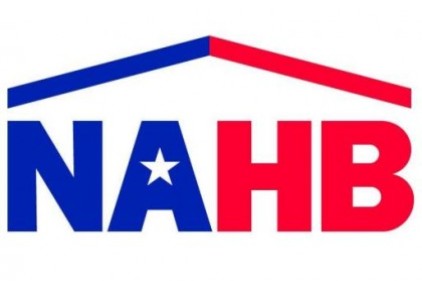A total of 103 housing markets across the United States qualified to be listed on the National Association of Home Builders/First American Improving Markets Index (IMI) for October, released recently. This is up from 99 markets listed as improving in September and is the largest number of metros on the IMI since it was created one year ago. A total of 33 states and the District of Columbia are represented on the October list.
The index identifies metropolitan areas that have shown improvement from their respective troughs in housing permits, employment and house prices for at least six consecutive months. Markets added to the list in October include such geographically diverse locations as Santa Cruz, Calif.; Pocatello, Idaho; Abilene, Texas; and Savanna, Ga.
"While 11 new housing markets were designated as improving in October, 92 metros retained their spots on the IMI and just seven slipped from the list," noted Barry Rutenberg, chairman of the National Association of Home Builders (NAHB) and a home builder from Gainesville, Fla. "This is an encouraging sign that the housing recovery is proceeding at a steady pace as firming prices and employment help spur new building activity, which in turn generates new jobs and more home sales."
"The fact that most markets are maintaining their spots on the improving list from month to month is an important indication that the recovery trend is solidifying," agreed NAHB Chief Economist David Crowe. "At the same time, overly tight credit conditions are certainly constraining consumers' ability to purchase homes as well as builders' ability to construct them."
"The expansion of the improving markets list to more than 100 metros marks an important milestone on the road to recovery," noted Kurt Pfotenhauer, vice chairman at First American Title Insurance Company. "For potential buyers across the country, it is becoming increasingly apparent that now is a good time to explore a new-home purchase."
The IMI is designed to track housing markets throughout the country that are showing signs of improving economic health. The index measures three sets of independent monthly data to get a mark on the top improving Metropolitan Statistical Areas. The three indicators that are analyzed are employment growth from the Bureau of Labor Statistics, house price appreciation from Freddie Mac and single-family housing permit growth from the U.S. Census Bureau. NAHB uses the latest available data from these sources to generate a list of improving markets. A metropolitan area must see improvement in all three measures for at least six months following those measures' respective troughs before being included on the improving markets list.
A complete list of all 103 metropolitan areas currently on the IMI, and separate breakouts of metros newly added to or dropped from the list in October, is available at www.nahb.org/imi.





